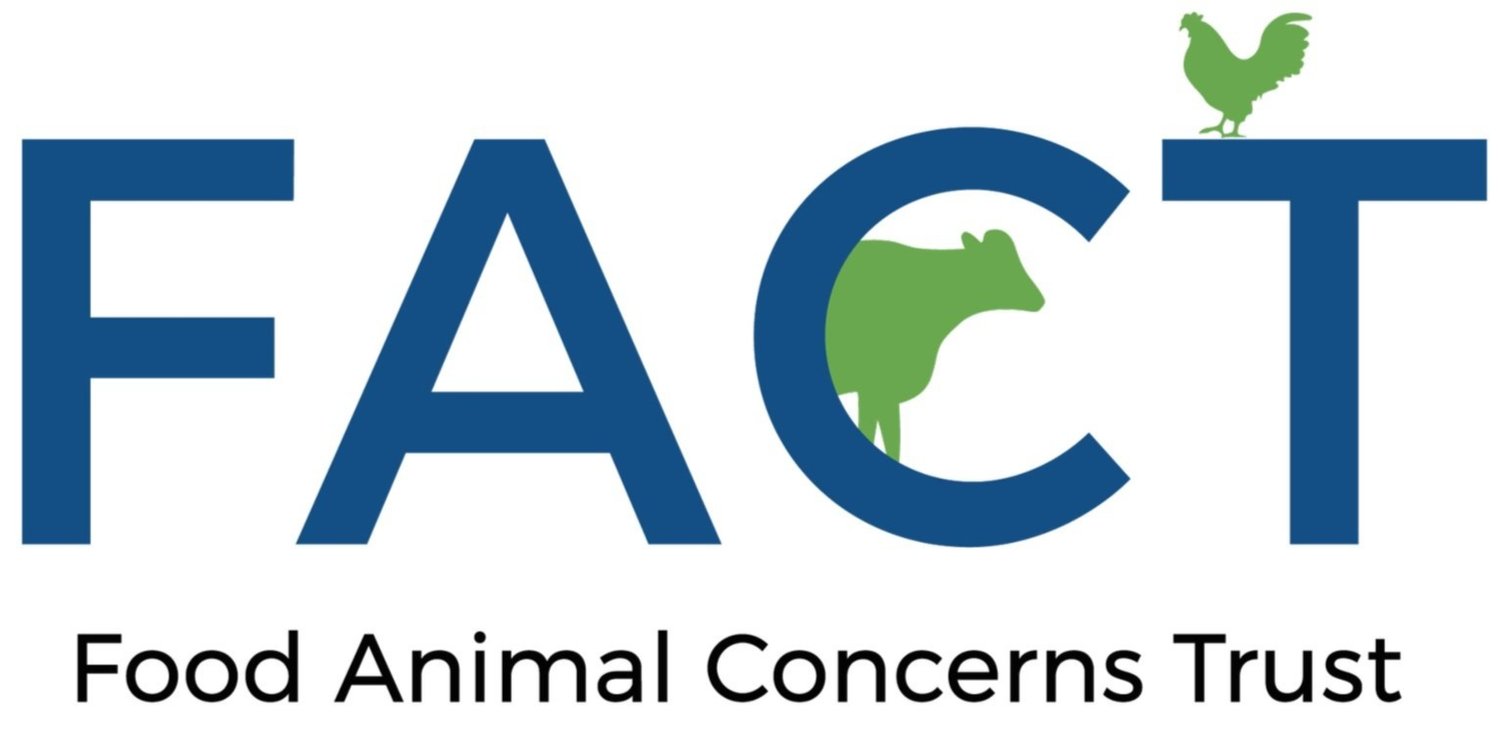Language in Contemporary Agriculture
By Harry Rhodes, Executive Director
I often wonder how we have come to use the terms we do in describing our food today.
For instance, why is meat produced through the factory farm system called “conventional”, whereas food that comes from animals raised on pasture, in their natural settings is called “premium meat”.
Why are vegetables that are raised organically, without chemical additives, labeled as organic or “specialty crops”, but food that is grown using chemicals and is genetically modified called “conventional”? Who coined this term “conventional” and why is it used to describe most of the food sold in our food system today?
In the article The History of How Organic Farming was Lost, Jean Nick provides a concise description of what led to modern or conventional agriculture. In the 18th and 19th centuries there were efforts to move away from traditional farming and towards more industrial and “efficient” farming. However, until the 1920’s “organic” was still the norm because imported fertilizers and pesticides were too expensive for most farmers. “However, cheap petroleum, and the rapid advancements in science fueled by two World Wars, led to huge changes in farming in developed countries over the next couple of decades.” This type of farming became what is commonly referred to today as “conventional farming”.
In 2015, Friends of the Earth, Real Media Project, and US Right to Know put together a report titled: Spinning Food: How Food Industry Front Groups and Covert Communications are Shaping the Story of Food. This report shows that the industrial food system is spending hundreds of millions of dollars to manipulate the narrative of what we are eating. “Our aim is to shed light on how the industrial food and agriculture sector is manipulating public discourse in order to defuse public concern about the real risks of chemical-intensive industrial agriculture and undermine public awareness of the benefits of organic food and diversified, ecological production systems. Our goal is to encourage journalists, opinion leaders and the public to bring increased scrutiny to industry’s messages and messengers.”
Imagine a world where the term “food” is used to describe food from animals that are raised on pasture, in their natural settings, not on CAFOs (Concentrated Animal Feeding Operation). Anything raised on a CAFO would be labeled “raised on a CAFO.” Everything else doesn’t need to be labeled because it is simply “food.”
Vegetables and fruit that are non-GMO, with no pesticides or herbicides, raised regeneratively will be called food. All other foods will be labeled “raised with chemicals,” GMOs, etc.
Language determines so much of what we buy and what we eat. Today people looking for good, fresh, healthy food need to research what labels they can trust. It is often a very confusing system. But, it doesn’t have to be that way. If we simply turn around the system and make organic, sustainable, humanely-raised the norm then people will know what they are getting and they’ll have clear choices.
Language is certainly not perfect, and there is a lot of work we need to do to make it more meaningful and transparent. In the meantime, here are some tips on humane food labels you can look for when shopping.
These humane labels will have to suffice until a time when we will no longer need them because people will be able to trust that the food they are purchasing is healthy, raised humanely and is truly healthy and safe to eat. That is the food system we are working to achieve at FACT.
